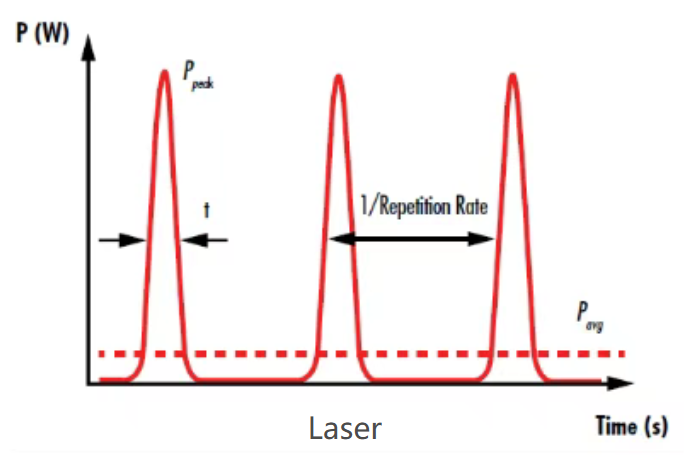Basic parameters of the laser system
In numerous application fields such as material processing, laser surgery and remote sensing, although there are many types of laser systems, they often share some common core parameters. Establishing a unified parameter terminology system can help avoid confusion in expression and enable users to select and configure laser systems and components more accurately, thereby meeting the needs of specific scenarios.
Basic parameters
Wavelength (common units: nm to μm)
Wavelength reflects the frequency characteristics of the light waves emitted by a laser in space. Different application scenarios have different requirements for wavelengths: In material processing, the absorption rate of materials for specific wavelengths varies, which will affect the processing effect. In remote sensing applications, there are differences in the absorption and interference of different wavelengths by the atmosphere. In medical applications, the absorption of lasers by people of different skin colors also varies depending on the wavelength. Due to the smaller focused spot, shorter-wavelength lasers and laser optical devices have an advantage in creating small and precise features, generating very little peripheral heating. However, compared with lasers with longer wavelengths, they are usually more expensive and more prone to damage.
2. Power and energy (Common units: W or J)
Laser power is usually measured in watts (W) and is used to measure the output of continuous lasers or the average power of pulsed lasers. For pulsed lasers, the energy of a single pulse is directly proportional to the average power and inversely proportional to the repetition frequency, with the unit being joule (J). The higher the power or energy, the higher the cost of the laser usually is, the greater the heat dissipation requirement is, and the difficulty of maintaining good beam quality also increases accordingly.
Pulse energy = average power repetition rate Pulse energy = average power repetition rate
3. Pulse duration (Common units :fs to ms)
The duration of a laser pulse, also known as the pulse width, is generally defined as the time it takes for the laser power to rise to half of its peak (FWHM) (Figure 1). The pulse width of ultrafast lasers is extremely short, typically ranging from picoseconds (10⁻¹² seconds) to attoseconds (10⁻¹⁸ seconds).

4. Repetition rate (Common units :Hz to MHZ)
The repetition rate of a pulsed laser (i.e., the pulse repetition frequency) describes the number of pulses emitted per second, that is, the reciprocal of the timing pulse spacing (Figure 1). As mentioned earlier, the repetition rate is inversely proportional to the pulse energy and directly proportional to the average power. Although the repetition rate usually depends on the laser gain medium, in many cases, the repetition rate can vary. The higher the repetition rate, the shorter the thermal relaxation time of the surface of the laser optical element and the final focused spot, thereby enabling the material to heat up faster.
5. Coherence length (Common units :mm to cm)
Lasers have coherence, which means that there is a fixed relationship between the phase values of the electric field at different times or positions. This is because lasers are generated by stimulated emission, which is different from most other types of light sources. During the entire propagation process, coherence gradually weakens, and the coherence length of the laser defines the distance at which its temporal coherence maintains a certain mass.
6. Polarization
Polarization defines the direction of the electric field of light waves, which is always perpendicular to the direction of propagation. In most cases, lasers are linearly polarized, which means that the emitted electric field always points in the same direction. Non-polarized light generates electric fields pointing in many different directions. The degree of polarization is usually expressed as the ratio of the optical power of two orthogonal polarization states, such as 100:1 or 500:1.
Post time: Sep-02-2025





